Dental implants involve placing titanium metal roots, which can integrate with bone, into the bone where teeth are missing to support prosthetic teeth. Simply put, it’s like building a house—first, you lay the foundation (the implant root), and then you build the house (the prosthetic teeth). The more solid the foundation, the more stable the house.
Anyone with missing teeth—a single missing tooth, multiple missing teeth, or even the entire mouth—can be suitable for dental implants. Let us know your needs, and we will develop the most suitable treatment plan based on your condition and requirements.
Traditional crowns and bridges require grinding down neighboring natural teeth to support the prosthesis. However, dental implants complete the restoration without damaging the natural teeth. For missing front teeth, there are three options for restoring them:

Although removable dentures don’t require the grinding of natural teeth, they must be removed and cleaned after meals and in the morning and evening. Extra care is also needed during meals to prevent the dentures from coming loose.
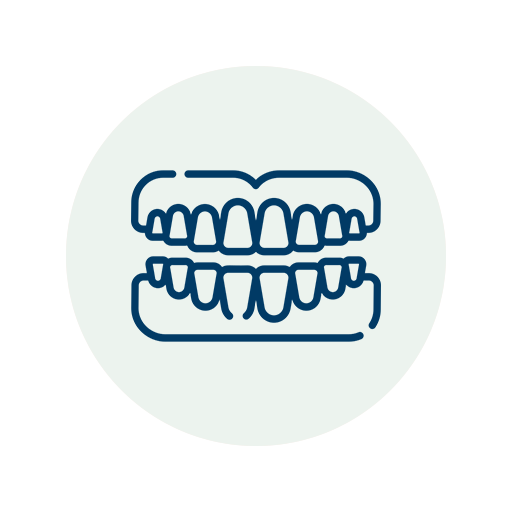
Fixed crowns and bridges offer more freedom when eating compared to removable dentures but require grinding adjacent natural teeth for support.
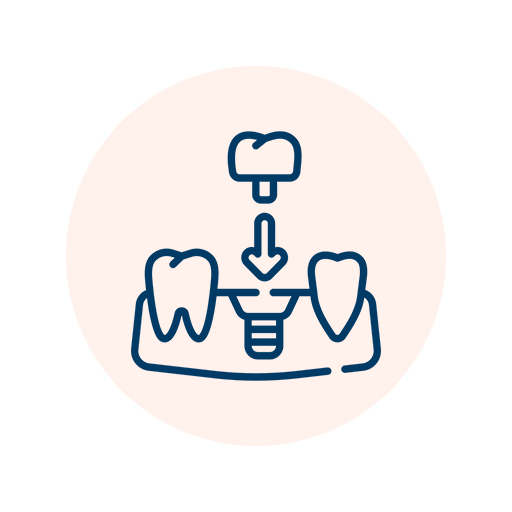
Dental implants allow for more freedom in eating without damaging natural teeth.
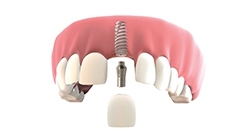
A dental implant is placed in the area of the missing tooth, followed by a connecting abutment and prosthetic tooth. This treatment is completed without grinding adjacent teeth, helping to maintain bone width and prevent gum shrinkage.

Implants are placed in areas of missing teeth, which can be connected with abutments and prosthetic teeth to restore chewing functionality.
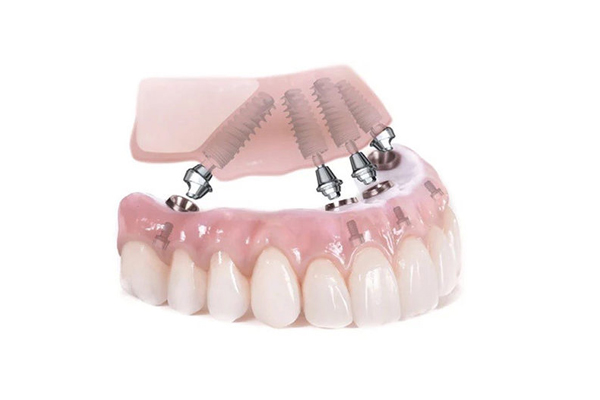
Implants are placed at selected sites in the mouth. The design can be fixed, detachable, or removable, depending on the patient’s needs and the professional diagnosis of the dentist.
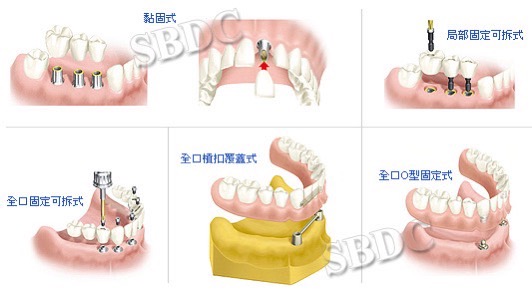

Clinical Director Dr. Ming-Che Wu

Clinical Vice Director Dr. Cheng Min-Hua
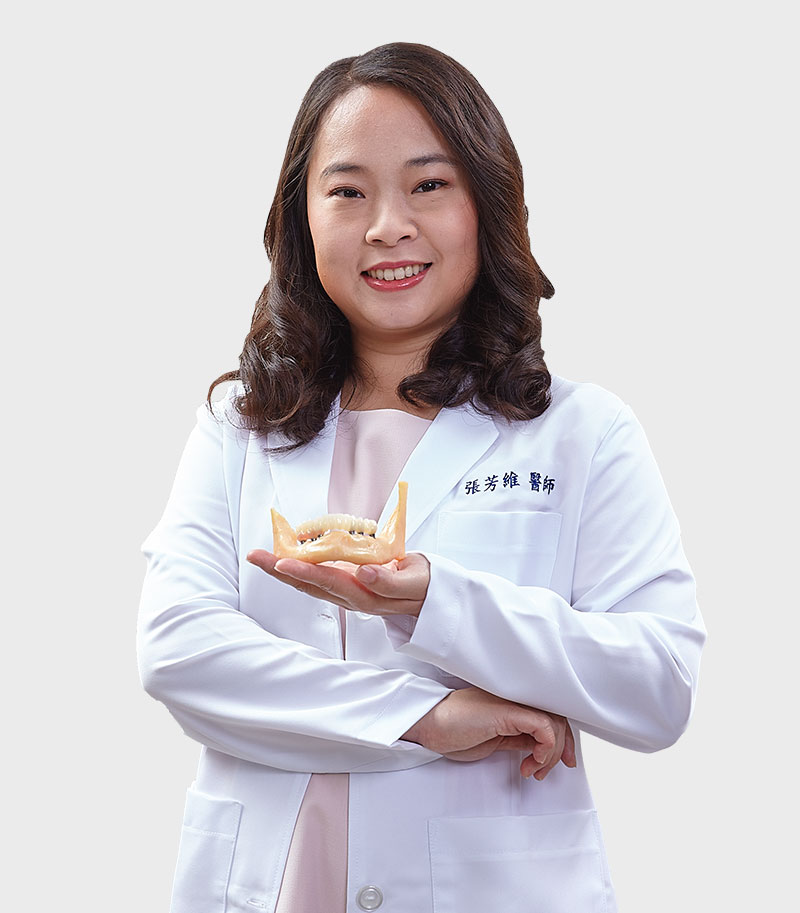
Dr. Fang-Wei Chang